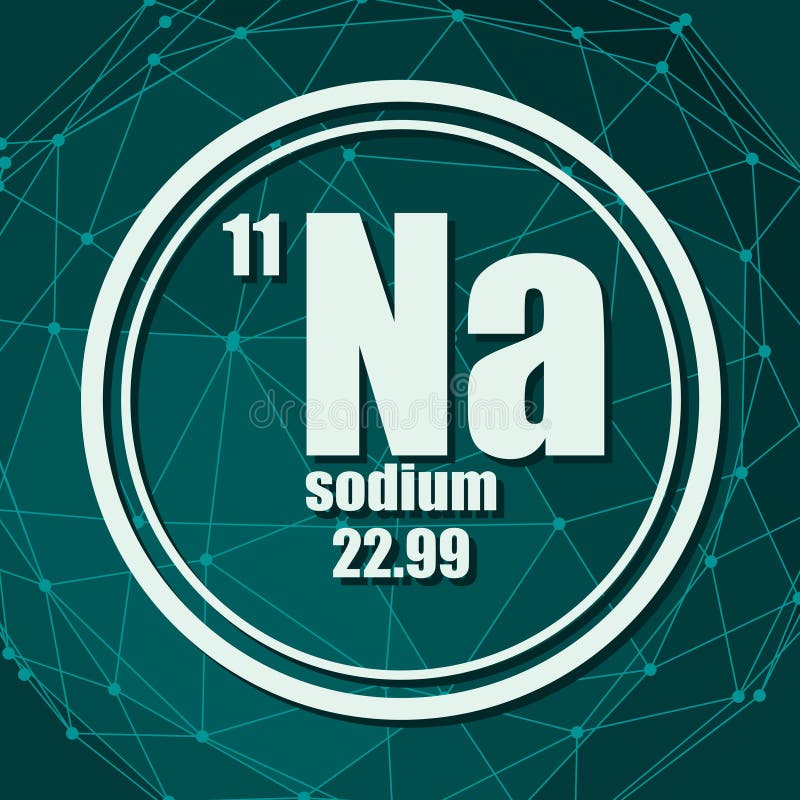
Sodium only has one electron in its outer electron shell so it wants to give that electron up to a highly electronegative element, like oxygen for example. It also produces hydrogen gas when combined with most acids, and can react with bases as well. When reacting with water, it quickly produces hydrogen gas and releases a great deal of energy. When reacting with oxygen, a thick layer of sodium oxide (Na 2O) forms on the surface. Sodium is a very reactive element, easily combining with oxygen at room temperature and violently reacting with water.

However, this bright and shiny appearance will change quickly as the element is exposed to air, which we will go into more in the next section. While the metal can sometimes have a waxy appearance, the inside of a cut will appear bright and shiny. Sodium is soft enough to be cut with a knife, because of its relatively low melting point. Sodium is considered non-toxic, but it can be dangerous to consume in large quantities.

Sodium is particularly stable and only has one stable, naturally occurring isotope. The all have the same outer shell electron configuration that makes them form strong alkaline hydroxides.

It is classified as an alkali metal which includes other elements like potassium and cesium. It is a good conductor of electricity and of heat. Sodium corrodes readily in various physical conditions. Sodium is a soft, shiny metal that is found in nature in various compound forms, the most common being the mineral halite. “Salt” by Roger Ahlbrand is licensed under CC BY 2.0


 0 kommentar(er)
0 kommentar(er)
